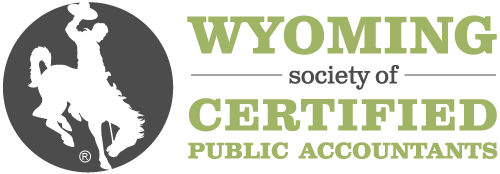Description
Taxes aren't taxes - they are dollars in terms of the net return on investment. All tax professionals need to know the tax-economics of investing for themselves and their clients. This need is accentuated by the rapid rise of the Internet as a broad-based and effective investment tool. The tax professional is in a special position to detect a client's need for financial planning. Preparing returns discloses assets, savings, business entities, and family members. Knowledge of the client's assets, activities and the tax characteristics of available entities permits investment matching for maximum after-tax return. The basic tax characteristics of the primary tax entities are explored and analyzed. Their ability to defer, reduce, and eliminate tax is examined. Client goals, purposes and risk tolerances are determined and quanitated using the Sharp ratio. Investments and assets are then evaluated using a variety of tools found on the Internet. Finally, investments and entities are matched to produce the best after-tax return for the client.
Highlights
• Entities & Title • Deferral • Reduction • Income Splitting • Elimination
Objectives
• Identify Internet advantages including depth and volume of available financial information and specify steps in the mapping process to prepare for financial independence. • Cite the S corporation requirements noting tax advantages and disadvantages particularly whose associated with incorporating a farm. • Identify the benefits of tax deferral, the use of tax deferral under old 1034, and the tax deferral advantages under 1031 noting its basic elements. • Identify tax saving credits noting qualified computational expenses and their limitations and restrictions. • Specify formats for income splitting, recognize the tax treatment of employee and self-employed business expenses particularly home-office expenses noting the two non-exclusive use exceptions and the income limitation, identify changes made to home office deduction under TRA '97, and recognize the ability of self-employeds to make annual deductible contributions to a Keogh plan. • Determine how to value fringe benefits according to IRS regulations, identify how to comply with ERISA requirements, properly report reimbursed and unreimbursed business expenses under accountable and nonaccountable plans, recognize substantiation of auto expenses using a fixed and variable rate, and specify eligible retirement benefits exempt from social security taxes.
Designed For
This program is appropriate for professionals at all organizational levels.
Course Pricing
WYOCPA Member Fee
$299.00
Non-Member Fee
$399.00
Your Price
$399.00
Upcoming Courses
-
Motivating the Right Way - Get the Most From Your Staff!
April 29, 2024
-
Project Management: Enhancing Ongoing Client Engagements
April 29, 2024
-
Documenting Your EBP Audit: What You Need to Know
April 29, 2024
View all upcoming courses
